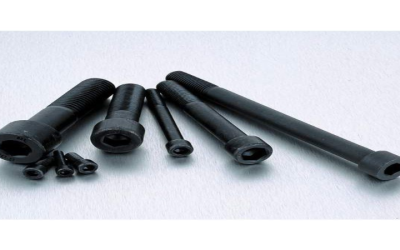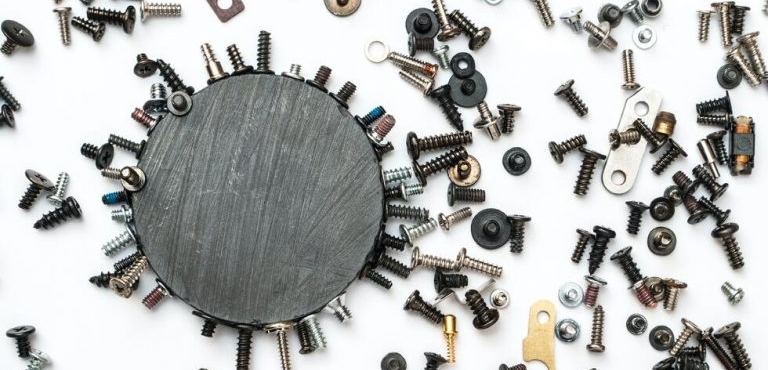Assembly with plastic thread-forming screws can be a tricky business, but when done right, the results are both secure and reliable. If you’re new to the world of plastic fastening with thread-forming screws or you’ve encountered challenges with previous projects, read on to explore best practices that ensure your plastic applications are resilient and long-lasting.
Why Proper Use of Thread–Forming Screws in Plastic Matters
When plastic thread-forming screws are used improperly or with little consideration, the consequences can range from immediate problems such as fastener stripping, to long-term issues such as the thread disengaging under stress. By understanding and adhering to proper installation techniques, you not only avoid these pitfalls but also contribute to the overall strength and integrity of the assembly.
Understanding Thread–Forming Screws
Thread-forming screws are a unique type of fastener designed to create threads as they are driven into a preformed hole. Unlike thread-cutting screws, which remove material to form a thread, thread formers work with the existing surface to produce strong, precise threads. The main advantage of plastic thread-forming screws is their ability to distribute stress more evenly, making them an ideal choice for plastic assemblies subjected to vibration and other dynamic stresses.
Choosing the Right Thread–Forming Screw
Selecting the correct thread-forming screw is crucial to ensure a secure connection in plastic. Considerations when choosing a screw include material compatibility, thread design, and head style. Material compatibility is key as it affects corrosion resistance and the torque required for installation. The thread design should match the stiffness of the plastic, and the head style should meet functional and aesthetic requirements.
Whether you need a sharp or blunt point, coarse or fine thread, or a specific head type, make sure your screw is specifically designed for plastic and the application’s specifications.
Preparation and Planning
Proper planning involves knowing the features of the plastic being used and the environmental conditions the assembly will be under. Always prepare the hole in the plastic before installation. The hole should be the correct size to maximize the thread engagement without over-stressing the plastic. This step is critical for avoiding cracks and ensuring the screw can form threads in the best possible way.


